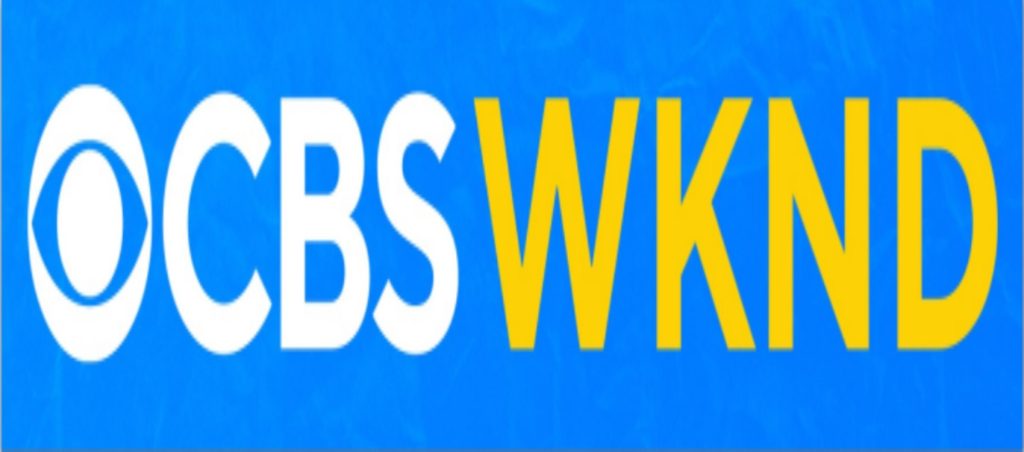Watching cartoons was a favorite thing kids who grew up between the 1960s and 1990s did every Saturday morning. Back then, you knew what time your favorite cartoon was airing.

However, the idea of Saturday morning cartoons appears as antiquated as dinosaurs to today’s tech-savvy younger generation. Together, let’s take a tour to discover the origins and decline of this beloved custom.
The Genesis of the Saturday Morning Cartoons Culture
Crusader Rabbit, which started airing in 1950, was one of the first cartoons. It was a short series that aired for just four minutes.

But it was not this program that started the culture of Saturday morning cartoons; instead, it was the dynamic team of Hanna and Barbera who transformed television animation after getting fired from MGM. They started their animation studio and gave us animated programs like “The Jetsons” and “The Flintstones.”
Saturday Morning Cartoons Flourishing
With time, there were more shows that many felt were children-friendly. As a result, they started airing in a time frame that would suit young children. This timeframe was no other than Saturday mornings, from 10 a.m. to noon.

By 1966, children’s animated programs occupied a significant amount of Saturday mornings on all three major networks—ABC, CBS, and NBC. In no time, cartoons became the norm for Saturday morning entertainment. This signaled the end of animated shows like “The Flintstones” as prime-time family entertainment.
The End Draws Near
As we moved into the late ’60s and early ’70s, the start of the era started getting clear. Some parental advocacy groups emerged to protest the negative influence of cartoons.

These groups had concerns about violence, stereotypes, and constant commercialism. The shift in perception heralded the beginning of the end for traditional Saturday morning cartoons. Children had difficulty telling the difference between the shows themselves and the commercials.
The Day Saturday Morning Cartoons Faded
Saturday morning cartoons ended on September 12, 1992, when NBC, a major network, stopped airing animated shows during the traditional cartoon programming block. This move came after NBC had previously contemplated ditching cartoons in the early 1980s due to the perceived challenges of maintaining consistently popular shows for children.

However, the success of “The Smurfs” in 1981 delayed this decision for a decade. Eventually, the network replaced its children’s programming with live-action content for adults, offering only a block of the popular teen sitcom “Saved by the Bell, renamed TNBC, or “Teen NBC.”
Going Infotainment
TNBC ran for ten years. It switched up its adolescent drama lineup with shows like “Just Deal” and “Sk8.” Ratings began to decline sharply in 2002. In retaliation, NBC contracted with Discovery Kids to produce their Saturday morning schedule.

Destiny Kids ran for three hours. It had shows including “Croc Files” and “Prehistoric Planet.” This arrangement remained in place until 2006.
CBS Follows the Trend
Following NBC’s lead, CBS followed suit in 1997, partly due to stricter FCC rules. The Think CBS Kids replacement lineup was a ratings flop and was eliminated by 1998. After that, it became CBS Kidshow.

2013 saw CBS abandon animation again in favor of an educational programming block first known as CBS Dream Team. It was later rebranded CBS WKND in 2023.
ABC Goes
ABC’s relationship with Disney made the station keep Saturday morning cartoons longer. They debuted “One Saturday Morning,” which included many Disney animated shows in 1997.

It changed its name to ABC Kids in 2001 and started airing repeats of Disney live-action shows with live-action. Hearst Media launched a weekend educational package for ABC in 2011. This new program, Weekend Adventure, had a lot of shows with an animal theme and complied with FCC educational guidelines.
Fox Kids
A disagreement between Disney and Fox on the rights to Disney Afternoon programs led to the 1990 launch of Fox Kids, the Saturday morning block on Fox Network. But Disney programming on ABC began to overtake Fox Kids in 1997, and the show’s popularity only grew when “Pokemon” moved to Kids’ WB in 1999.

4Kids Entertainment finally took up the time slot in 2001. 2008 saw Fox abandon its children’s programming in favor of “Xploration Station” and infomercials.
The CW
The final stronghold of Saturday morning cartoons was CW, formerly Kids’ WB. It became CW4Kids, which debuted in 2008 after Kids’ WB merged with CW in 2006.

Kids’ WB boasted a roster of beloved Series, featuring titles like “Animaniacs,” “Batman: The Animated Series,” and “Pokemon,” In 2008, Kids’ WB transitioned into The CW4Kids, a lineup dominated by 4Kids-produced shows like “The Batman.”
CW Final Rebranding
Traditional Saturday morning cartoons ended with Vortexx in 2014. Vortexx had shows like “Justice League Unlimited,” “Dragon Ball Z,” “Digimon,” and “Transformers: Prime” which ran from 2012 to 2014.

Vortexx was replaced on September 27, 2014, with “One Magnificent Morning.” It was a live-action educational program from Hearst Media. It showed animal-themed programs, like “Jack Hanna’s Into the Wild,” “Pet Vet Dream Team,” and “Tails of Valor.”
Streaming Cartoons
Now, kids can watch cartoons day and night on cable networks like Cartoon Network and Nickelodeon, as well as on streaming platforms like Netflix and Hulu.

Those who watched Saturday Morning Cartoons as children in the 1970s, 1980s, and 1990s are not missing anything. They can rewatch the original format of their favorite Series on any streaming platform. Also, there are many remakes of iconic classics like “Transformers,” “He-Man,” and “ThunderCats.”

